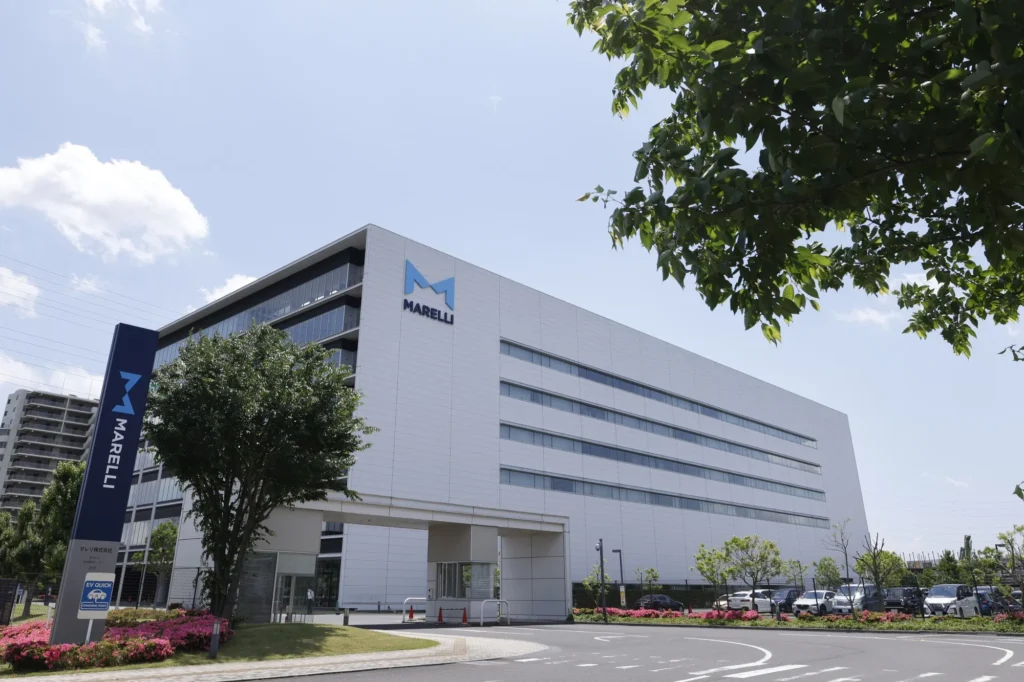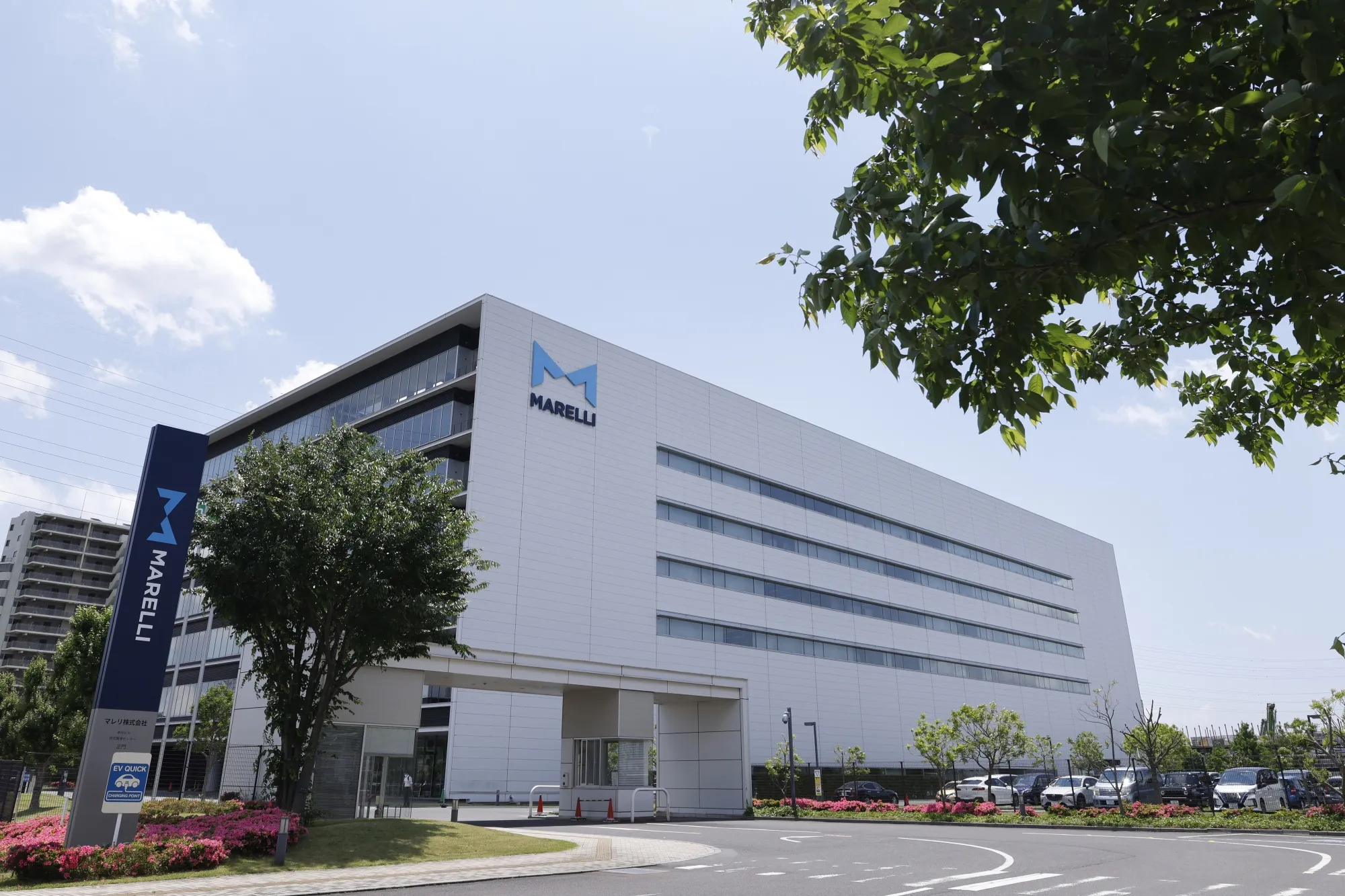| marelli chapter 11 |

The automotive world just got hit with a seismic wave. Marelli, one of Nissan’s largest parts suppliers, has filed for Chapter 11 bankruptcy. The shocking twist? The company also managed to secure a whopping $1.1 billion in new financing to keep itself afloat during restructuring.
Overview of Marelli’s Position in the Auto Industry
Marelli isn’t just another supplier. It’s a major player in the global automotive supply chain, providing cutting-edge technologies like lighting systems, powertrains, electronics, and more to global automakers — including Nissan, Stellantis, Honda, and BMW.
Who Is Marelli?
History and Global Operations
Formed in 2019 after the merger of Italy’s Magneti Marelli and Japan’s Calsonic Kansei, Marelli operates in over 20 countries with nearly 50,000 employees. Owned by U.S. private equity firm KKR, it was envisioned as a tech-forward supplier to drive innovation in EVs and smart cars.
Role as a Key Supplier to Nissan and Other OEMs
For Nissan, Marelli isn’t optional — it’s essential. From exhaust systems to thermal control and lighting, Marelli is embedded in Nissan’s supply chain. Any hiccup in Marelli’s operations directly affects Nissan’s ability to keep its production lines moving.

The Chapter 11 Bankruptcy Filing
What Is Chapter 11?
Chapter 11 allows companies to reorganize their finances while continuing to operate. Think of it as corporate rehab. It’s not the end — it’s a chance to start over, with court supervision and a plan to repay creditors over time.
When and Where the Filing Took Place
Marelli filed for Chapter 11 protection in a U.S. court, while also initiating legal steps in Japan to mirror the process locally. This cross-border strategy is designed to align its global operations under one umbrella of restructuring.
Legal and Financial Implications
The filing temporarily halts all collection efforts from creditors, giving Marelli breathing space. But it also means the company will be under intense legal scrutiny, needing court approval for major financial decisions.
Reasons Behind Marelli’s Financial Collapse
Mounting Debt and Missed Payments
Marelli has been drowning in debt for years. With over $8 billion in obligations and weakening revenue, it reached a tipping point. Missed supplier payments and bond defaults became frequent.
Impact of COVID-19 and Post-Pandemic Recovery
COVID hit the auto industry hard. Marelli’s revenue took a nosedive during global shutdowns and struggled to bounce back as fast as competitors did. Demand was unpredictable, and investments in R&D couldn’t be delayed.
Supply Chain Disruptions and Cost Inflation
From chip shortages to raw material spikes, Marelli was hit from every direction. It couldn’t pass rising costs on to automakers fast enough, crushing margins and cash flow.
$1.1 Billion in New Financing: A Lifeline
Who Provided the Funding?
The new financing package was led by KKR and a consortium of lenders. The idea? Give Marelli just enough oxygen to survive the restructuring process without halting operations.
Terms and Usage of the New Capital
The funds are earmarked for operational costs, payroll, supplier payments, and court expenses. Think of it as financial life support — not for growth, but for survival and stabilization.
How This Financing Will Support Operations
By securing this capital, Marelli can reassure automakers like Nissan that there will be no immediate disruptions. It can also avoid sudden layoffs or factory shutdowns.

The Impact on Nissan and Other Automakers
Nissan’s Statement and Contingency Plans
Nissan has acknowledged the filing and stated it’s monitoring the situation closely. So far, no production lines have been halted. But they’re preparing backup plans — just in case.
Possible Delays in Production
If Marelli struggles to meet delivery commitments during restructuring, automakers might see delays — especially for custom parts or low-volume models.
Strategic Importance of Supplier Stability
This case reinforces the need for diversified supplier bases. Automakers are now rethinking their over-reliance on a few large suppliers.
What Happens Next for Marelli?
Restructuring Strategy
Marelli will work on reducing its debt load, renegotiating contracts, and selling off non-core assets. This is expected to take 12–18 months, depending on court approvals and market conditions.
Timeline for Recovery
Marelli aims to exit bankruptcy with a leaner cost structure and a sharper focus by mid-2026. However, success hinges on cooperation from creditors and steady auto industry demand.
Retaining Market Share During Bankruptcy
To stay competitive, Marelli needs to keep innovating. R&D in EV platforms, lightweight materials, and smart electronics won’t slow down despite the financial squeeze.
Industry Reaction and Market Analysis
Auto Industry Leaders’ Response
Industry stakeholders are concerned but not panicking. The trend of supplier bankruptcies isn’t new, but Marelli’s size and influence make this a significant event.
Stock and Market Behavior
While Marelli is privately held, related auto supplier stocks saw slight drops on the news, especially those tied to shared supply chains or investment interests.
Analysts’ Take on Marelli’s Future
Some believe Marelli could emerge stronger if the restructuring is done right. Others fear it may need to sell divisions or face acquisition by a competitor.
Implications for Global Auto Supply Chain
Ripple Effects on Tier 2 and Tier 3 Suppliers
Smaller suppliers who depend on Marelli may suffer payment delays or contract cancellations. The financial domino effect can be brutal in this industry.
OEMs Increasing Diversification
Car manufacturers will now actively seek to expand their supplier base, especially in critical components like ECUs, sensors, and cooling systems.
Rethinking Supplier Risk Management
Expect more “what if” planning across the board — like maintaining emergency stock, dual-sourcing, and investing in local production options.
A Closer Look at KKR’s Role
Ownership and Investment Strategy
KKR bought Marelli with high hopes of turning it into a global EV supplier giant. But the merger didn’t yield expected returns, and debt piled up.
Financial Exposure and Repositioning
Now, KKR is trying to minimize losses. They’ve backed the new financing package but may look to spin off certain business units to recoup capital.
Employee and Operational Impact
Job Security and Factory Continuity
While Marelli has promised job security, employees remain anxious. Restructuring usually comes with plant closures, workforce trimming, or wage renegotiations.
Global Workforce Sentiment
The mood among workers is cautious. They want transparency and are closely watching for news about factory closures or benefits adjustments.
Legal and International Considerations
Cross-Border Insolvency Rules
Navigating U.S. and Japanese bankruptcy laws simultaneously is a logistical nightmare — but necessary for global coordination.
Japan and U.S. Court Coordination
Legal teams are working overtime to align court proceedings. Any misalignment could delay restructuring or jeopardize Marelli’s future deals.
Lessons Learned
Warning Signs Ignored
The signs were there — rising debt, missed targets, shrinking margins. But optimism and strategic overreach delayed hard decisions.
Financial Planning in Volatile Times
For the rest of the industry, the lesson is clear: Build financial cushions. Avoid over-leverage. And always prepare for a downturn.
The Road Ahead
Opportunities for Innovation
A leaner Marelli could emerge as a sharper, more tech-focused supplier. The crisis might serve as a pivot point toward long-term sustainability.
Long-Term Vision for a Leaner Marelli
If it survives, Marelli may become a case study in crisis-driven transformation — smarter, smaller, but more resilient.

